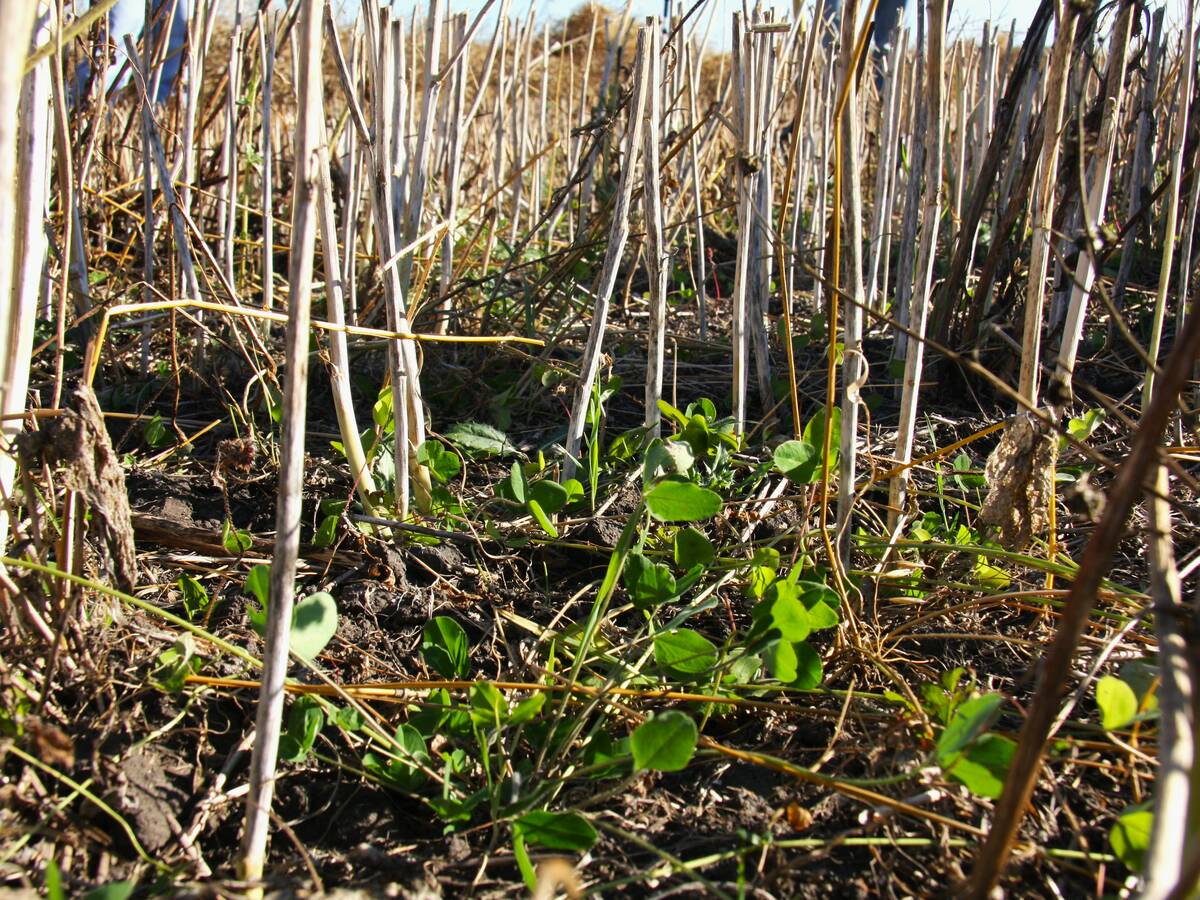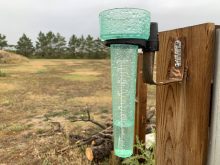The new 34,000-tonne capacity plant in Grassy Lake will have a loop track to accommodate 110-car unit trains
TABER, Alta. — Grassy Lake, Alta., will soon be home to a $41.8 million fertilizer terminal for Federated Co-operatives Ltd.
The facility will be the third fertilizer terminal for FCL, which opened other facilities in Hanley, Sask., and Brandon in 2017.
Grassy Lake, east of Taber, Alta., is a hamlet within the Municipal District of Taber with a population of about 800 people. It lies along Highway 3 and the Canadian Pacific Railway main line, and that location was a key reason for site choice, said Patrick Bergermann, associate vice-president of Ag and Home for FCL.
Read Also

Saskatchewan project sees intercrop, cover crop benefit
An Indigenous-led Living Lab has been researching regenerative techniques is encouraging producers to consider incorporating intercrops and cover crops with their rotations.
The new 34,000-tonne capacity plant will have a loop track to accommodate 110-car unit trains to receive product from domestic and international suppliers.
“When we looked at where we had existing fertilizer business amongst the retail co-ops in central and southern Alberta as well as where there was great opportunity for further growth in the sector, Grassy Lake made good sense as far as rail access, proximity to the community of Taber and proximity to retail co-ops that are already in the retail business and those who are looking to continue to build their fertilizer presence in the Alberta marketplace,” said Bergermann.
He said construction will begin this spring, and the facility is expected to be complete and fully operational in summer 2020.
Described as state-of-the art, the plant will be able to fill a super B trailer within six minutes and will accommodate space for specialty product totes. It will offer custom fertilizer blending and will support local retail co-ops with product as well as farmers who want to pick up product right at the plant.
Bergermann said changes in phosphate supply were a key factor in FCL planning.
“The decision by Nutrien to discontinue phosphate production in Redwater (Alta.) only continued to reiterate the value of having local assets,” he said.
“We can no longer bank on domestic production to fill the needs of western Canadian farmers. So making sure that we were able to access product and store it at the rights times of year, in advance of the spring planting season, to make sure that we can access that at global competitive pricing, it was pretty critical to have the right types of assets that are built. That was a large part of the reason why we wanted to make sure we had our fertilizer terminal built on rail.”
Dan Mulder, FCL’s fertilizer director, expanded on that point.
“We’re going to have to import all the requirements for the co-ops into Western Canada from either Florida, North Carolina or through the Gulf of Mexico from offshore, so this is really a timely investment and one that will make sure that we have the right product at the right time with competitive global pricing,” he said.
Nutrien announced in early 2018 that it plans to halt phosphate production at its Redwater plant later this year. It is the only phosphate producer in Canada, and the changes were announced as a result of the merger of Agrium and PotashCorp.
The new Grassy Lake fertilizer facility will be the most expensive of the three FCL terminals because of its track loop. It will also incorporate unique features, Bergermann added.
“This facility is somewhat unique in the western Canadian landscape in that there aren’t a lot of centralized terminal assets that have blenders right at the site, so we’re very happy to have a high speed blender that’s part of the initial facility design.”
Mulder said the wide variety of crops grown in southern Alberta, made possible by irrigation, was a factor in facility design. It will have more bins for different product and heated storage area to hold 10 1,000-litre totes for liquid application of stabilizers and liquid micronutrients.
“The first two terminals (in Brandon and Hanley), we didn’t do any of that,” said Mulder.
“We’re retrofitting them now to be able to do liquid applications. There’s a lot of potatoes and corn grown here, and the need for micronutrients is higher than a lot of other market areas.”
The new fertilizer terminal will sit on a 160-acre parcel west of the hamlet and will be built by PCL.
Robert Duerksen, agribusiness manager with PCL, said about 150 jobs will be created during construction, and the company plans to hire about 80 percent of the needed labour force locally.
“Most recently we’re in the process of completing the University of Lethbridge project,” he said, in reference to a new science and academic building.
“It was a three-year plus endeavor so we are very well versed in the local talents and trades. We try to hire as much local talent as we can.”
















